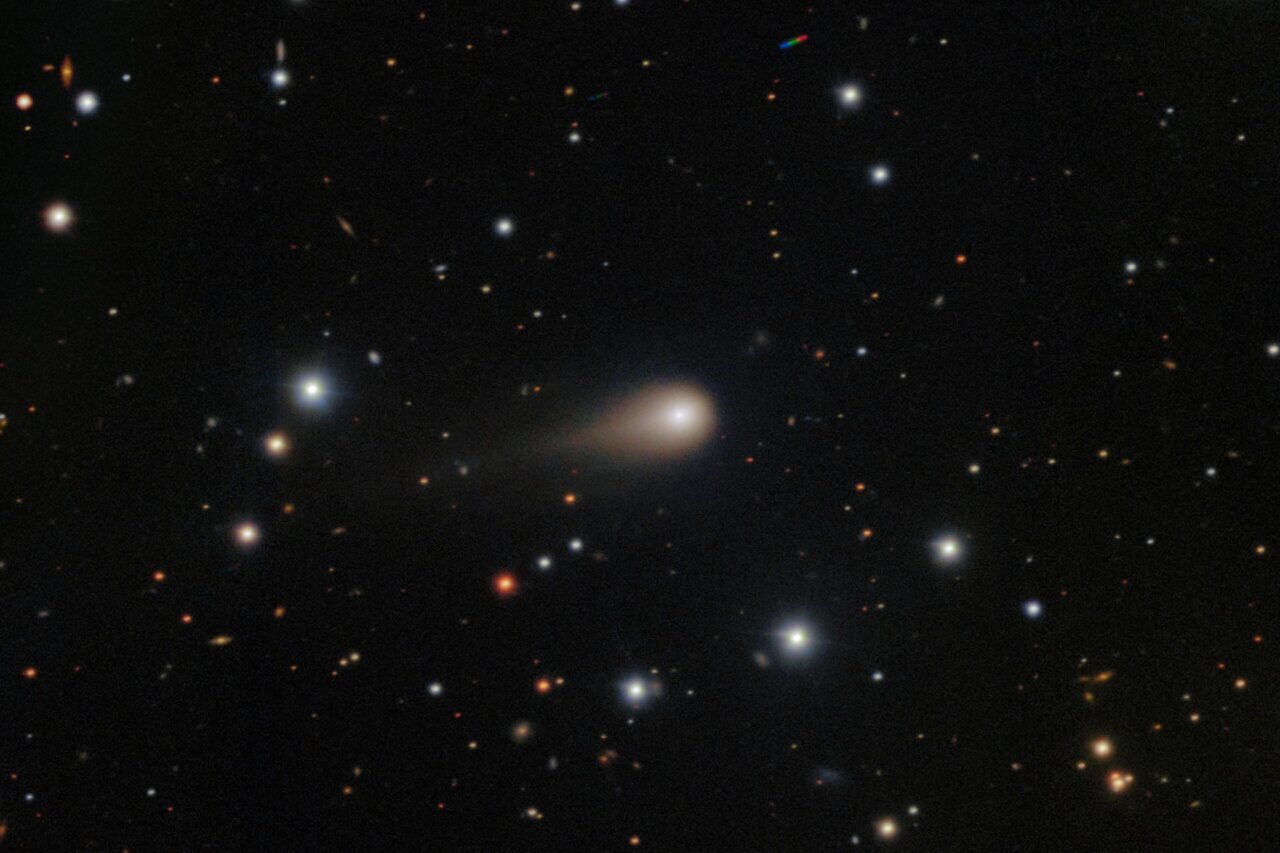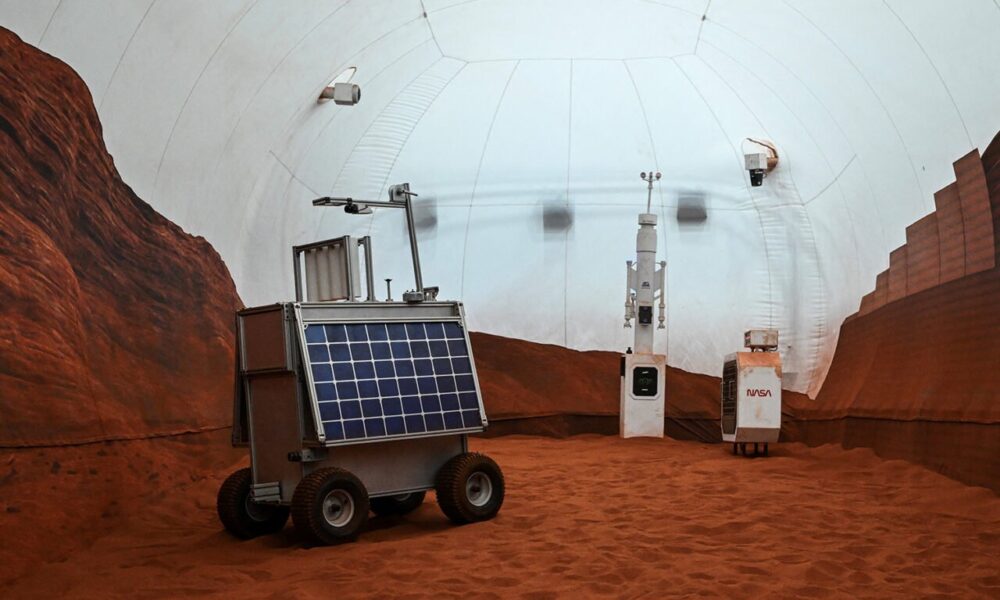Interstellar comet 3I/ATLAS reached its closest point to the Sun, known as perihelion, on November 1, 2023. While it has not been visible from Earth since September, space-based observatories tracked its approach, noting a significant increase in brightness. As the comet neared the Sun, heat transformed its icy surface directly from solid to gas, creating a bright, glowing cloud called a coma, which contributed to the formation of its visible tail. This phenomenon provided astronomers with a rare opportunity to study a celestial object from outside our solar system.
The significance of interstellar comets like 3I/ATLAS lies in their potential to reveal insights about other solar systems. Researchers are particularly focused on the comet during perihelion, as the gases and dust released from its nucleus can disclose details about its composition. Observations from NASA’s and the European Space Agency’s STEREO-A and SOHO space observatories, along with data from NASA’s GOES-19 satellite, may yield new information on this interstellar visitor, which is only the third of its kind ever recorded.
Brightening and Unique Characteristics
At perihelion, 3I/ATLAS brightened to approximately magnitude 9. This brightness level means that if it were positioned in Earth’s line of sight, it could be seen with a basic backyard telescope. Researchers Qicheng Zhang of Lowell Observatory and Karl Battams of the U.S. Naval Research Laboratory observed that the comet appeared “distinctly bluer than the Sun.” This coloration aligns with the gas emissions contributing to the comet’s brightness during its closest approach to our star.
Interestingly, 3I/ATLAS exhibited a more rapid increase in brightness compared to comets originating from the mysterious Oort cloud, located beyond the Kuiper Belt at the outer edges of our solar system. In their research, Zhang and Battams speculate that unique properties of the comet’s nucleus—such as its composition or shape—may explain this anomaly. They propose that these characteristics could have originated from its home star system or developed during its lengthy journey through interstellar space.
Future Observations and Discoveries
As 3I/ATLAS continues its path away from the inner solar system, astronomers anticipate that it may become visible from Earth again in late November or early December, with its closest approach occurring around December 19, 2023. Following this period, the comet is expected to gradually fade from sight as it moves further from our solar system.
Future missions, such as NASA’s Psyche mission to the asteroid of the same name and the Lucy mission targeting Jupiter’s Trojan asteroids, might capture further observations of 3I/ATLAS. These potential observations could provide additional clues about the comet’s origins and makeup.
Preliminary findings have already indicated that 3I/ATLAS is highly unusual, possessing one of the highest ratios of carbon dioxide to water ever recorded in a comet. As researchers continue to analyze data collected during perihelion, it is likely that this interstellar wanderer will reveal even more surprises, enhancing our understanding of cosmic phenomena and the formation of celestial bodies.







